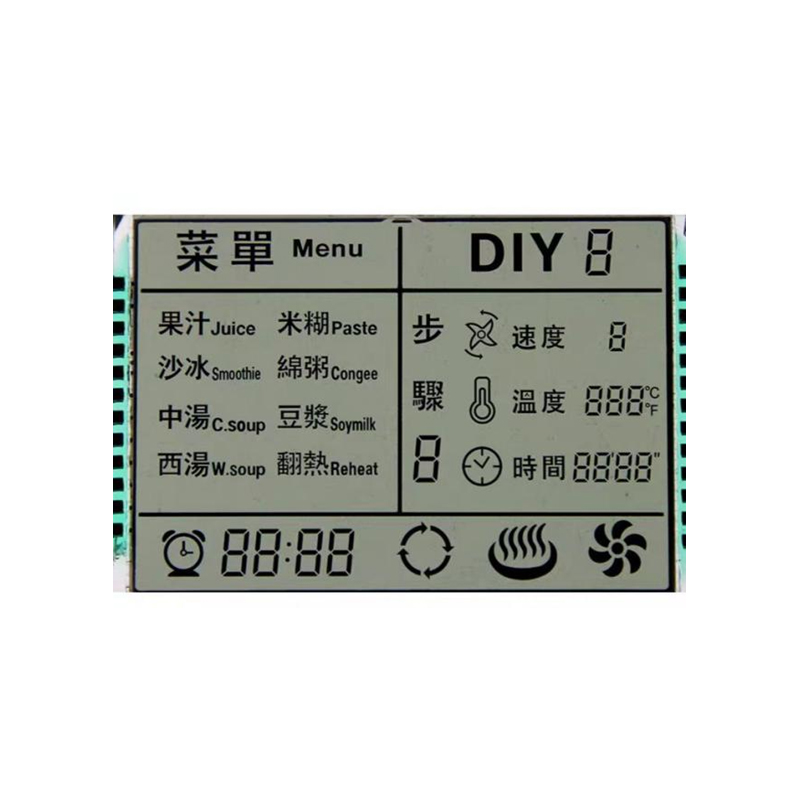
Choosing the right 4 inch TFT display can significantly impact your Arduino project's success. This guide helps you select the perfect display based on resolution, interface, features, and more. We'll explore top options, highlighting their strengths and weaknesses to guide your decision. Find the ideal display for your next creation!
Resolution is crucial for readability and visual appeal. Higher resolutions (e.g., 480x320 or 800x480) offer sharper images and text. Consider the viewing distance and the level of detail needed for your project. A lower resolution display might suffice for simpler applications, while higher resolutions are better suited for displaying complex graphics or videos. Many 4 inch TFT displays offer various resolution options; carefully assess your project's needs before selecting one.
Most 4 inch TFT displays for Arduino utilize interfaces like SPI (Serial Peripheral Interface) or parallel. SPI is generally preferred for its simplicity and efficiency, especially when working with multiple devices. Consider the Arduino board's capabilities and the availability of libraries when selecting an interface.
If interactive elements are required, a touchscreen-enabled display provides user-friendly interaction. Resistive and capacitive touchscreens are common options. Resistive touchscreens are more affordable but less responsive and durable compared to capacitive touchscreens, which offer superior sensitivity and accuracy. Check if the selected display offers both touch functionalities and is supported by relevant Arduino libraries.
Adequate backlight is essential, especially for outdoor applications. Displays with adjustable brightness allow for optimal viewing in different lighting conditions. Consider the environment where your project will be used to select the appropriate backlight type and brightness capabilities. LED backlights are prevalent in modern 4 inch TFT displays.
Lower power consumption translates into longer battery life for portable projects. Check the display's specifications to determine its power draw, especially if you are working on battery-powered devices. Efficient displays are particularly critical for projects with limited power resources.
While specific product recommendations change rapidly, researching current options from reputable suppliers like Dalian Eastern Display Co., Ltd. (https://www.ed-lcd.com/) is crucial. They offer a wide selection of displays catering to different requirements. Always consult the latest datasheets and reviews from various sources before making a purchase.
Matching the display's capabilities to your project's specific needs is paramount. Consider the resolution, interface, touchscreen needs, and power consumption carefully. A well-chosen 4 inch TFT display will enhance your Arduino project's user experience and overall functionality. Remember to factor in the availability of supporting libraries and community resources to ensure smooth integration.
| Display Model | Resolution | Interface | Touchscreen | Backlight |
|---|---|---|---|---|
| Display A | 480x320 | SPI | Resistive | LED |
| Display B | 800x480 | SPI | Capacitive | LED |
Disclaimer: The above table is a sample and may not reflect currently available products. Please refer to datasheets and vendor websites for the most up-to-date information.












